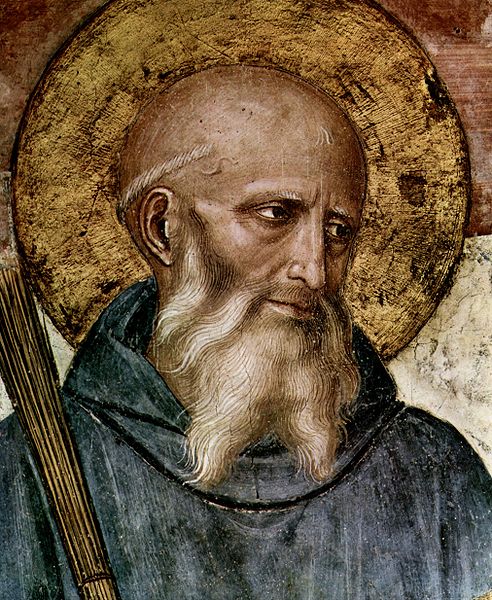Matthew Paris, also known as Matthew of Paris, was an English Benedictine monk, chronicler, artist in illuminated manuscripts, and cartographer who was based at St Albans Abbey in Hertfordshire. He authored a number of historical works, many of which he scribed and illuminated himself, typically in drawings partly coloured with watercolour washes, sometimes called "tinted drawings". Some were written in Latin, others in Anglo-Norman or French verse. He is sometimes confused with the nonexistent Matthew of Westminster.
Self-portrait of Matthew Paris from the original manuscript of his Historia Anglorum (London, British Library, MS Royal 14.C.VII, folio 6r
Henry I of England from British Library MS Cotton Claudius D VI
Coronation of Queen Edith, the wife of King Edward the Confessor (Cambridge University Library, Ee.3.59, fo. 11v)
Elephant of Louis IX of France, a present to Henry III of England. Illustration from the Chronica Majora II, Corpus Christi College, Cambridge
The Benedictines, officially the Order of Saint Benedict, are a mainly contemplative monastic religious order of the Catholic Church for men and for women who follow the Rule of Saint Benedict. The male religious are also sometimes called the Black Monks, in reference to the colour of their religious habits, in contrast to other Benedictine orders such as the Olivetans, who wear white. They were founded in 529 by Benedict of Nursia, a 6th-century Italian monk who laid the foundations of Benedictine monasticism through the formulation of his Rule. Benedict's sister, Scholastica, possibly his twin, also became a religious from an early age, but chose to live as a hermit. They retained a close relationship until her death.
Saint Benedict of Nursia (c. 480–543). Detail from a fresco by Fra Angelico (c. 1400–1455) in the Friary of San Marco Florence.
Abbey of Monte Cassino
Melk Abbey
Abbatiale Saint-Benoit, southern aspect as in 1893








